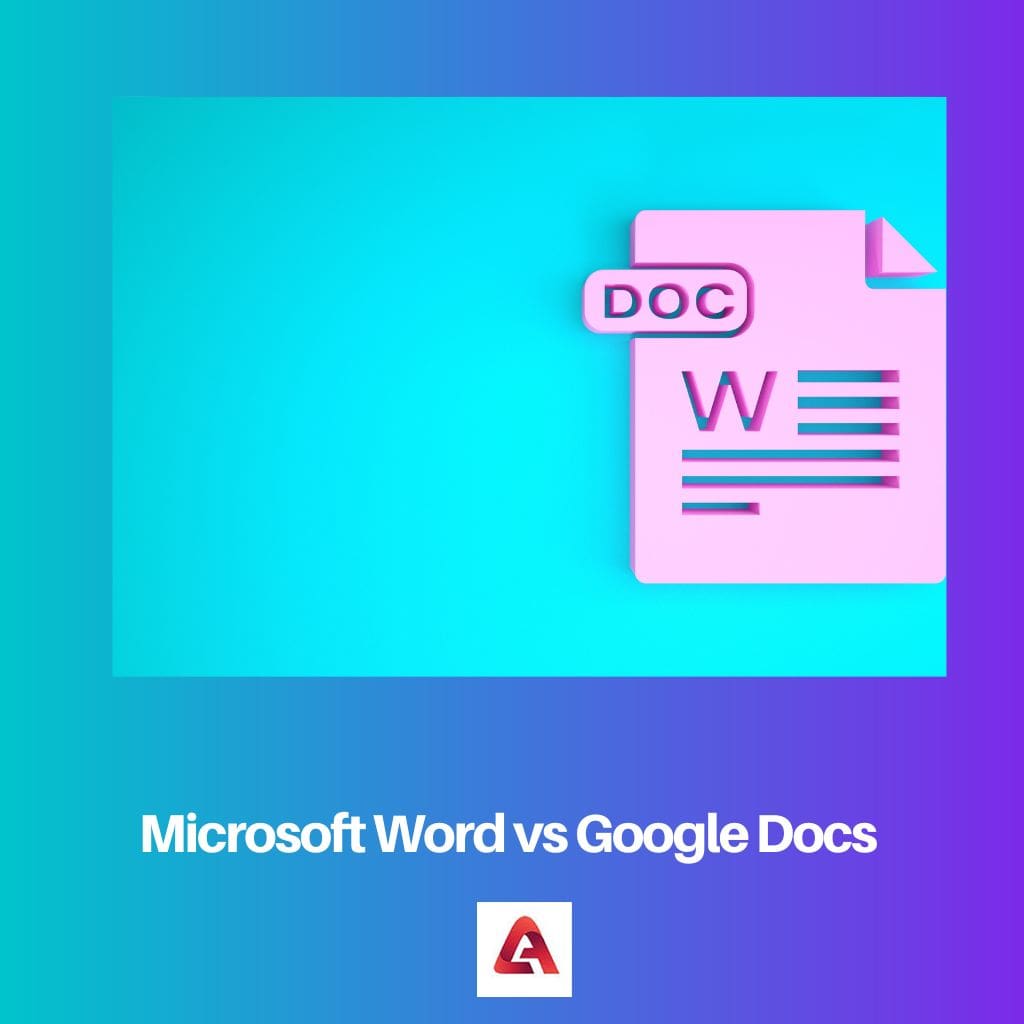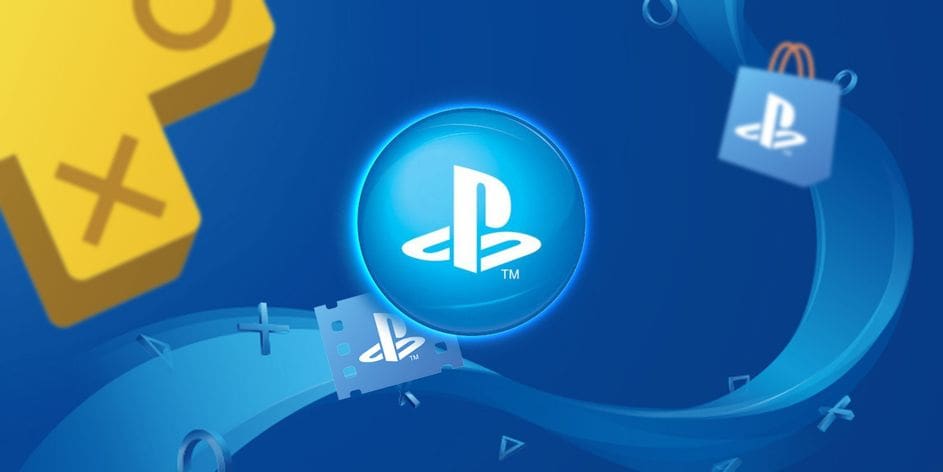Key Takeaways
- Message Status Indication: On Facebook Messenger, the terms ‘Sent’ and ‘Delivered’ are used to indicate the status of your message. ‘Sent’ means that your message has been successfully submitted to the Facebook servers for delivery. ‘Delivered’, on the other hand, means that the recipient’s device has received the message, even if the user hasn’t opened the app or read the message.
- User Activity: If a message is marked as ‘Sent’, it could mean that the recipient hasn’t opened the app or their device is not connected to the internet. If the status is ‘Delivered’, it indicates that the recipient is likely connected to the internet, but hasn’t yet checked the message.
- Read Receipts: It’s important to note that ‘Delivered’ doesn’t mean the message has been read. Facebook Messenger uses a different indicator (a small version of the recipient’s profile picture or a blue circle with a check) to signify that the message has been opened and seen by the recipient.
What is Sent on Facebook?
When something is “sent” on Facebook, it refers to the act of sharing or delivering a specific piece of content or communication to someone within the platform. One common way of sending on Facebook is by sending a message. Facebook Messenger allows users to send private messages to individuals or groups. These messages can contain text, photos, videos, and other forms of media, providing a convenient and direct means of communication within the Facebook ecosystem.
Another way of sending on Facebook is by sharing a post. Users have the option to share posts on their own timelines or on the timelines of others. This action makes the post visible to the selected audience, allowing them to engage with the content, leave comments, or react to it. Sharing a post can range from sharing personal updates, news articles, photos, videos, or any other content that users find interesting or relevant.
What is Delivered on Facebook?
When something is “delivered” on Facebook, it refers to the successful transmission and receipt of a message or notification to the intended recipient. The term “delivered” indicates that the content or communication has been sent from the sender’s end and has reached the Facebook server. It signifies that Facebook has successfully processed and dispatched the message to the recipient’s account or device.
For example, when you send a message through Facebook Messenger, the platform confirms that the message has been delivered when it reaches the Facebook server. This indicates that the message has left your device and has been received by Facebook’s system for further processing. Similarly, when you receive a notification, such as a friend request or a comment on your post, the term “delivered” signifies that Facebook has successfully delivered the notification to your account or device, making you aware of the interaction.
Difference Between Sent and Delivered on Facebook
- “Sent” refers to the action taken by the sender to transmit a message or notification. It indicates that the content has been initiated for delivery. In contrast, “delivered” signifies that Facebook has successfully transmitted the content to the recipient’s account or device.
- “Sent” does not guarantee that the content has reached the recipient. It only confirms that the sender has initiated the sending process. On the other hand, “delivered” specifically indicates that Facebook has successfully delivered the content to the recipient’s account, ensuring it has reached the Facebook server.
- “Sent” does not necessarily mean that the recipient has received or seen the content. It solely represents the sender’s action. However, “delivered” suggests that the content has been transmitted to the recipient’s account, ready for their access and interaction.
- Unlike “sent,” which does not indicate whether the content has been read or viewed, “delivered” specifically signifies that the content has been successfully transmitted to the recipient’s account. However, it does not indicate whether the recipient has actually opened or viewed the content.
- “Sent” can apply to various forms of content, including messages, posts, friend requests, etc. In contrast, “delivered” is associated with messages and notifications, indicating that they have been successfully transmitted to the recipient’s account or device.
Comparison Between Sent and Delivered on Facebook
| Parameters of Comparison | Sent | Delivered |
|---|---|---|
| Sender’s Action | Indicates initiation of content transmission | Signifies successful transmission to recipient’s account |
| Confirmation | Does not guarantee receipt or delivery | Confirms successful delivery to the Facebook server |
| Recipient’s Receipt | Not indicated | Content is ready for the recipient’s access and interaction |
| Message Read Status | Not indicated | Confirms delivery, but does not guarantee viewing |
| Type of Content | Can apply to various forms of content (messages, posts, friend requests, etc.) | Typically associated with messages and notifications |





